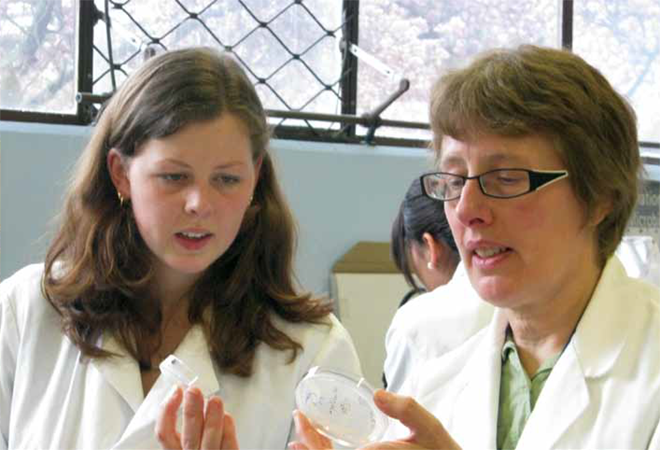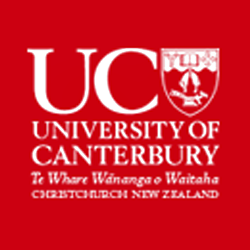
Teaching for numeracy and mathematics transfer in tertiary science
Status
Completed: 2 May 2014
Project Details
A project completed in 2014, undertaken by the University of Canterbury, to identify and implement pedagogical strategies designed to facilitate the transfer of numeracy and mathematical skills and knowledge to science disciplines.
Aims:
The main aims of the project were to:
- provide a good practice guide for effective numeracy transfer from one cognitive domain (e.g. mathematics) to another (e.g. science)
- identify teaching and learning strategies for successful transfer of knowledge across contexts with potential to use in the sciences.
Methodology:
The project methodology involved:
- a review of existing literature around transfer to locate possible strategies for what is referred to as "teaching for transfer"
- piloting the teaching techniques in the classroom and evaluating and adapting the techniques for further testing.
Team

Dr Erik Brogt
Project leader
University of Canterbury
Dr Annie Soutter
University of Canterbury
Sarah Masters
University of Canterbury
Wendy Lawson
University of CanterburyStatus
Funding
$20,000.00 (excl GST)
Key Findings
The key findings from the project included:
- This project reviewed the literature on teaching for transfer and showed the results of implementing the suggestions of the literature into teaching practice. Results show that using these techniques, tailored to the particular level of the students, helped students better perform numeracy and mathematical tasks in chemistry. In addition, students valued these experiences as shown by the increased evaluations scores for the lecturer in this study.
- This project underscores the importance of scaffolding while teaching; building upon previous knowledge in visible and structured ways. Clear connections between the mathematics and the science need to be made explicit in class, rather than assumed to be understood.
- It was identified that effective transfer from one cognitive domain (e.g. mathematics) to another (e.g. science) involves structuring the learning environment and activities in ways that: minimise cognitive load (through learning aids or focused attention); emphasise the value of the learning material and its potential purpose for different contexts/disciplines; and meet students where they are at (by identifying prior knowledge, assumptions, aims for their learning, intentions for use of the material learned and designing curriculum that suits.
Key Recommendations
The key recommendations from the project were:
Implement the strategies more broadly | The next step will be to roll the strategies out more broadly across the Faculty of Science. While the focus of this study has been on numeracy and mathematics transfer in chemistry courses, many, if not most of these strategies can easily be adapted to suit particular disciplinary approaches, teaching styles and classroom environments.
Presenting the findings | The findings of the report are to be presented at workshops in the Faculty of Science. The uptake of these professional development-like workshops is expected to be substantial given the findings are from a Faculty-initiated project that is ground “in [the Faculty of] Science, with Science, and for Science”.
Updating science graduate profiles | In the next two years, the Faculty will put considerable effort into examining and updating the graduate profile for the awards offered by Science and reemphasise the importance of clear and measurable learning outcomes for its courses. This project will play a large role in the discussions around numeracy and mathematical ability requirements of BSc graduates (which of course will vary over the majors in the BSc), and how the Faculty can ensure that these requirements are met in its courses through well-formulated learning goals and teaching methods that are informed by the scholarly literature on discipline-based educational research.
Transition between secondary and tertiary education | It will be worthwhile to examine the transition between secondary and tertiary education in more detail, working with secondary schools to help students see the intimate links between science and mathematics, and the need to approach these subjects integrally, rather than as two separate topics that have no relation with one another.
A research report prepared by Erik Brogt, Annie Soutter, Sarah Masters, and Wendy Lawson.
(PDF, 961 KB,19-pages).
- 16 May 2014